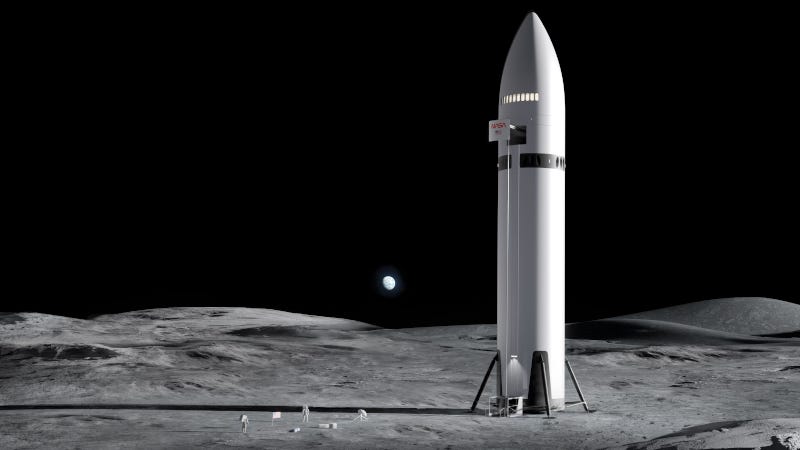Starship Development Accelerates Toward Lunar Missions
SpaceX Advances Major Milestones for NASA’s Artemis Program
SpaceX is rapidly expanding its Starship program as it targets crewed lunar missions under NASA’s Artemis program. The company’s latest update outlines major milestones, from advanced flight testing to new infrastructure and life-support system demonstrations.
The Starship vehicle, designed for deep-space travel and lunar landings, has a pressurized habi…
Keep reading with a 7-day free trial
Subscribe to The Journal of Space Commerce to keep reading this post and get 7 days of free access to the full post archives.



